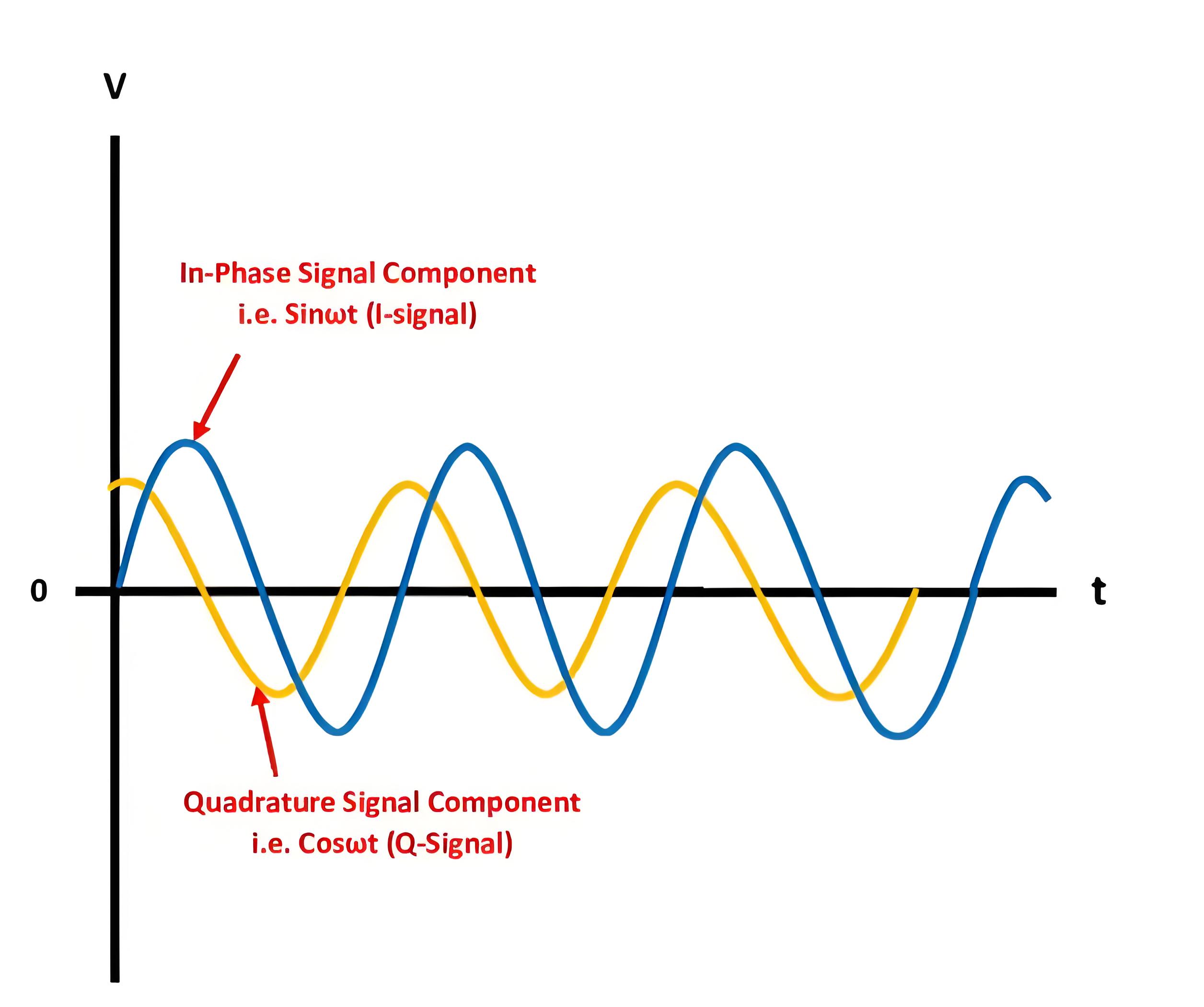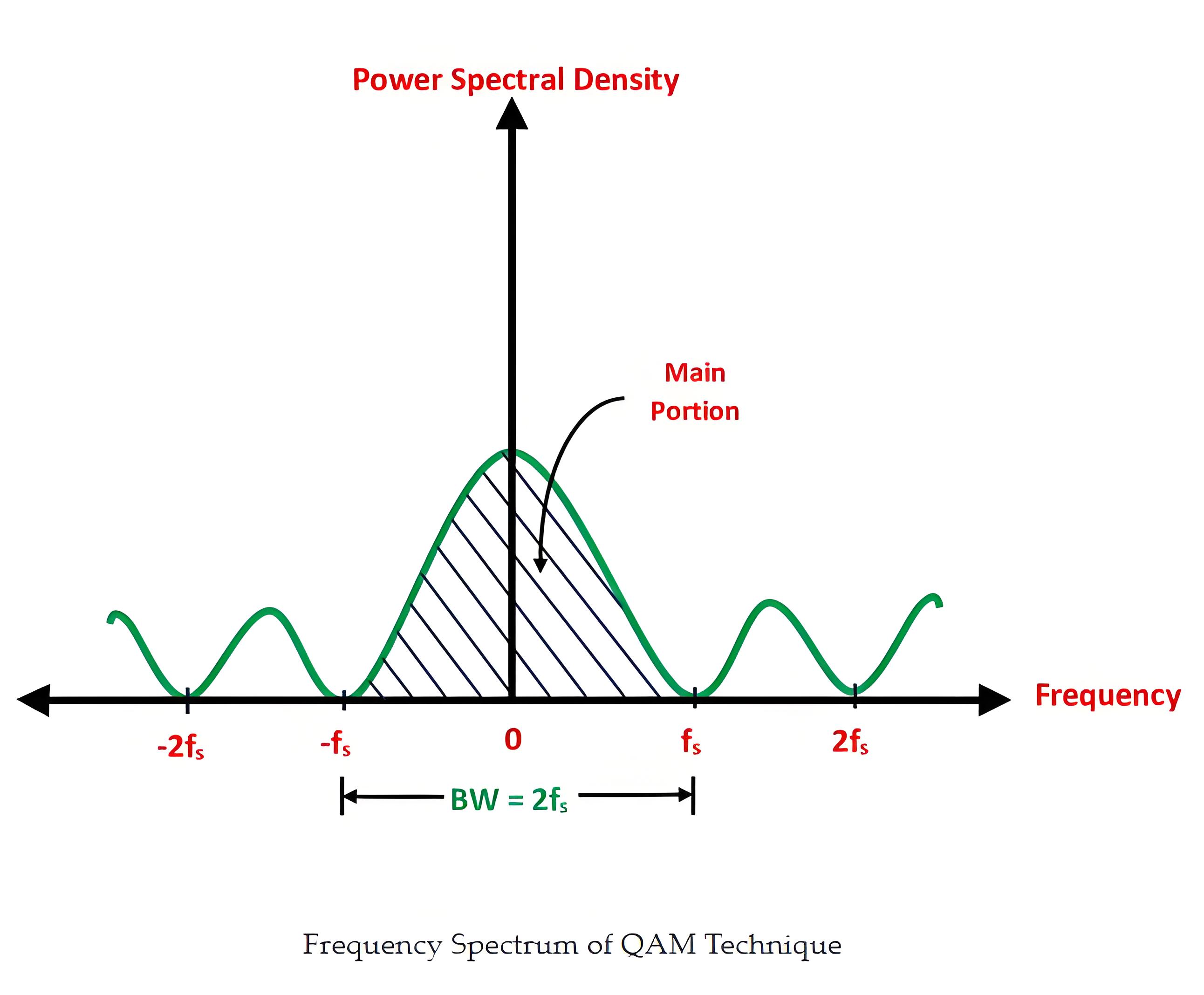What is QAM?
What is QAM?
QAM Definitio
QAM (Quadrature Amplitude Modulation) is defined as a modulation technique that combines phase and amplitude modulation to transmit information.

Working Principle
QAM changes both the amplitude and phase of a carrier wave to double the effective bandwidth.

Analog vs Digital QAM
Analog QAM is used in traditional TV systems, while Digital QAM, known as Quantized QAM, is used in modern digital communications like Wi-Fi and cellular networks.
QAM Formats
Different QAM formats, such as 16-QAM, 32-QAM, and 64-QAM, vary in the number of bits they can transmit per symbol, represented in constellation diagrams.
Advantages of QAM
Noise immunity of QAM’s is very high hence noise interference is very less.
QAM has a low probability of error value.
QAM supports a high data rate. So that the number of bits can be carried by the carrier signal. Hence, it is mostly used in wireless communication systems.
QAM has a doubling the effective bandwidth.
By using both sine wave and cosine wave into single-channel the communication channel capacity is doubled compared to the use of only one sine wave or one cosine wave.
Disadvantages of QAM
In QAM, amplitude changes are susceptible to noise.
It is possible to transmit more bits per symbol but in higher-order QAM formats the constellation points are closely spaced which is more susceptible to noise and produces errors in the data.
Applications of QAM
QAM technique is widely used in the radio communications field because of the increase of the bit data rate.
QAM is used in applications ranging from short-range wireless communications to long-distance telephone systems.
QAM is used in microwave and telecommunication systems to transmit the information.
The 64 QAM and 256 QAM are used in digital cable television and cable modem.
The Electricity Encyclopedia is dedicated to accelerating the dissemination and application of electricity knowledge and adding impetus to the development and innovation of the electricity industry.













